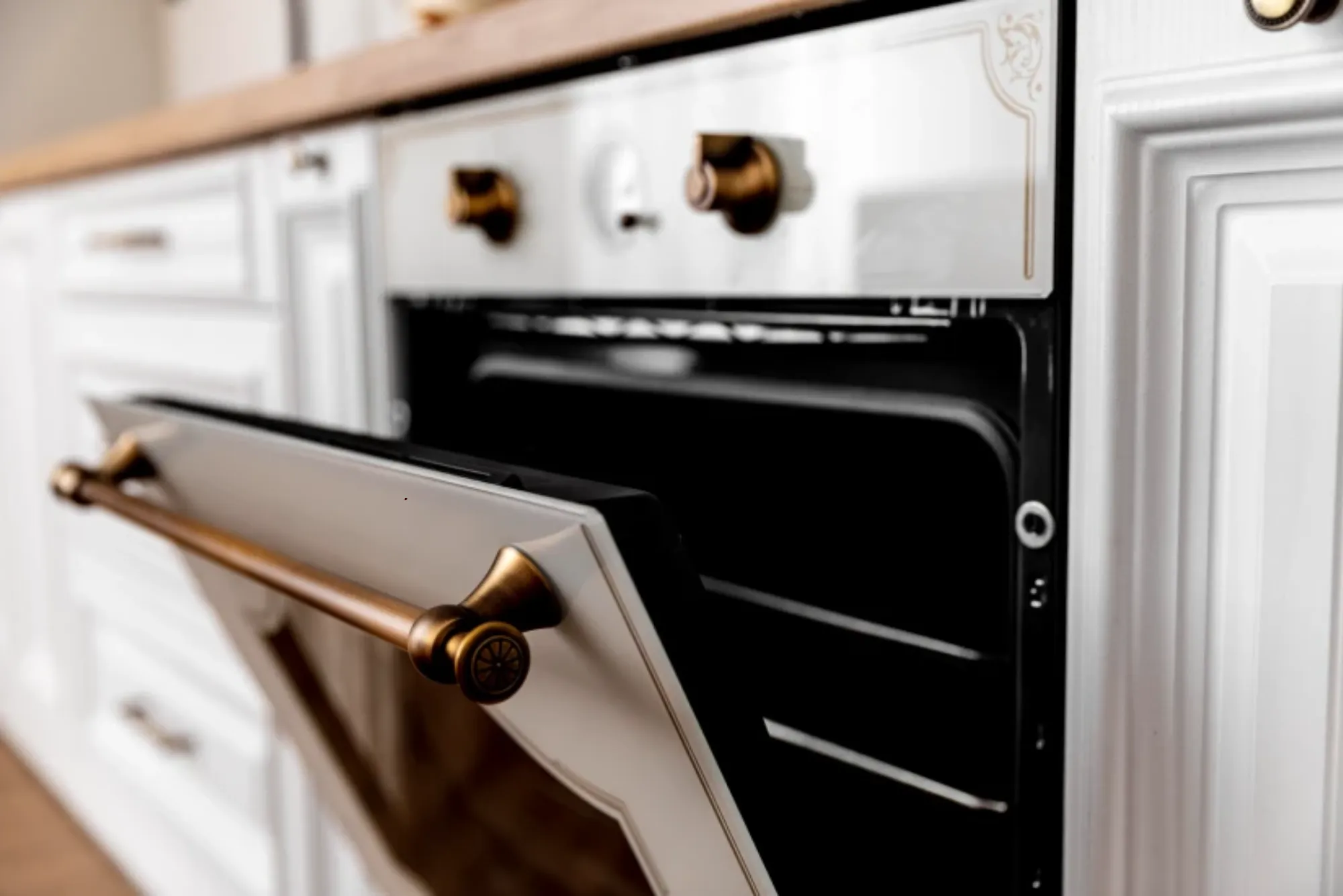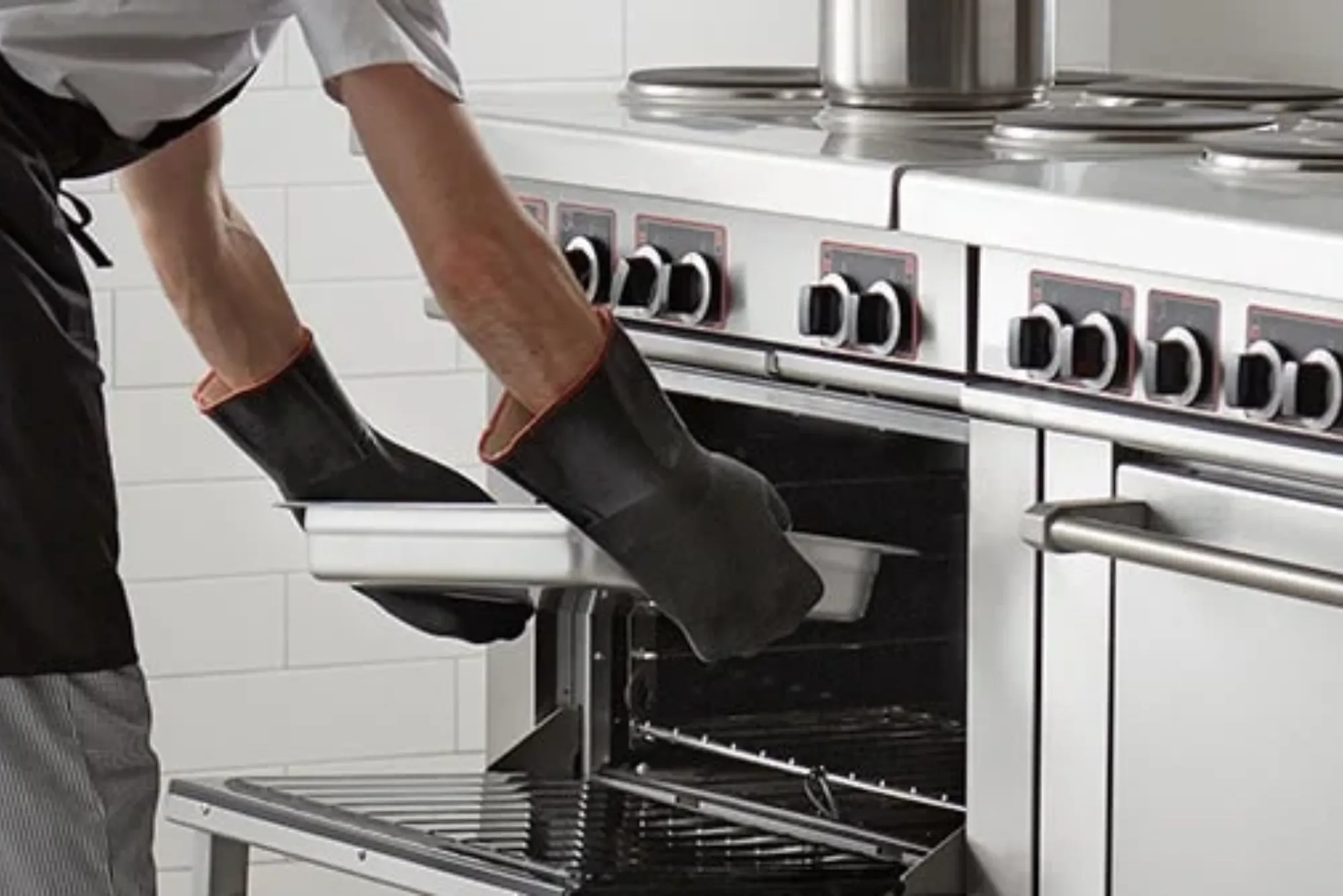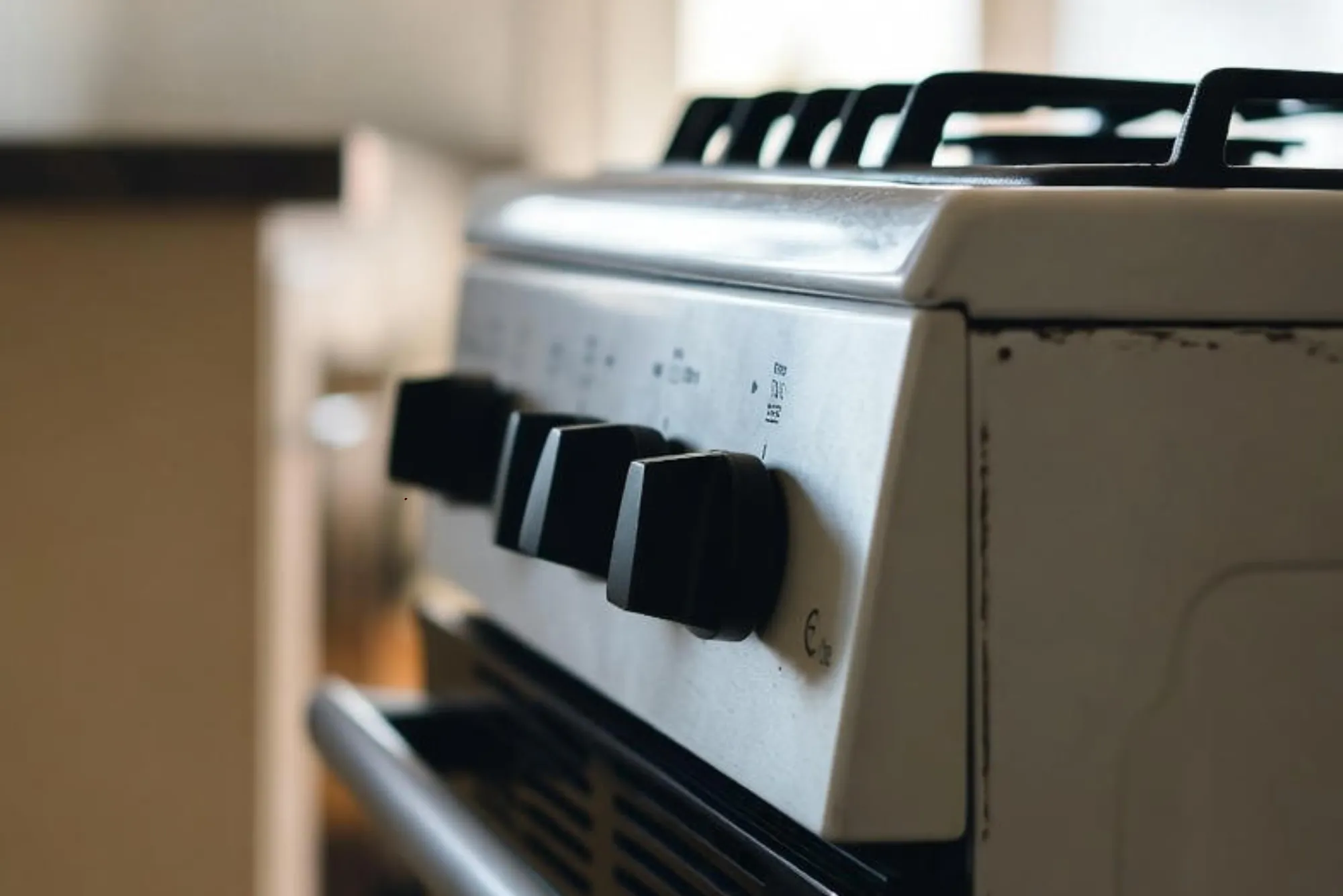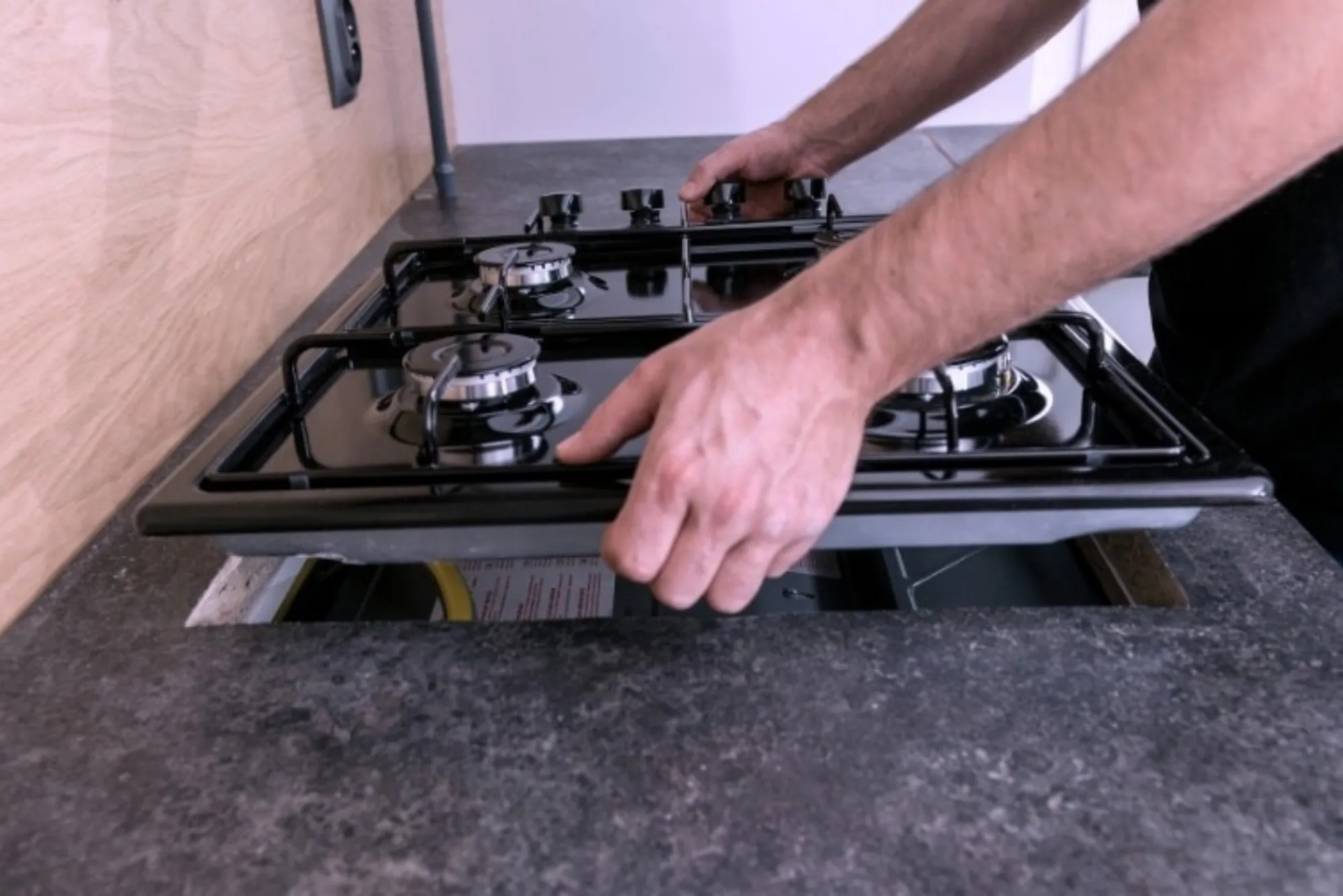When your oven fails to maintain a tight seal, it does more than just let heat escape. A poorly sealed oven door can disrupt cooking performance, waste energy, and even pose safety hazards. Many homeowners overlook this problem until they notice unevenly cooked food, longer preheating times, or rising energy bills. Yet, an oven door that doesn’t close properly is not a minor inconvenience—it’s a signal that your appliance requires attention.
Understanding why your stove oven door won’t seal properly is the first step toward solving the problem. The causes range from simple wear and tear on the gasket to misaligned hinges, warped doors, or even improper installation. In this article, we’ll explore the mechanics behind oven door sealing, the reasons seals fail, and how to address these problems effectively without immediately resorting to replacing your entire appliance.
The Function of an Oven Door Seal
An oven door seal, often made of high-temperature-resistant rubber or fiberglass material, plays a crucial role in maintaining a controlled cooking environment. Its primary function is to trap heat inside the oven cavity, ensuring that the temperature remains consistent and stable. Without an airtight seal, heat escapes, causing the appliance to work harder and extending cooking times.
When functioning properly, the seal ensures food cooks evenly, prevents excess energy consumption, and keeps the exterior of the appliance at safer temperatures. In other words, the seal is essential not just for performance but also for efficiency and safety. Once compromised, the seal undermines the very purpose of an oven.
Signs That the Seal Is Not Working
Most people notice the problem when cooking results change. Food that used to cook evenly now burns on one side while remaining undercooked on the other. Preheating times become noticeably longer, and the oven struggles to maintain a set temperature. You might even notice the kitchen heating up more than usual during baking, indicating that hot air is leaking out.
Other signs include visible wear, such as cracks or fraying on the gasket, or a door that no longer closes flush against the oven frame. Sometimes, the door feels loose or requires extra force to shut completely. These subtle indicators point to an underlying sealing issue that requires inspection.
Common Causes of Seal Failure
The causes of a faulty oven door seal vary, but most stem from normal usage over time. Heat, pressure, and constant opening and closing of the door gradually degrade the gasket material. In some cases, cleaning practices or harsh chemicals accelerate the wear.
Beyond gasket deterioration, hinges are another common culprit. Hinges can become misaligned, bent, or worn out, preventing the door from sitting correctly against the frame. On certain models, the door itself may warp due to excessive heat exposure or manufacturing defects, creating uneven gaps where hot air escapes.
Improper installation can also play a role. If the oven was not leveled during setup, the door may never have sealed correctly from the start. Over time, this misalignment worsens, leading to noticeable sealing problems.
The Impact of a Poor Seal on Cooking Performance
When an oven door won’t seal, cooking precision is the first casualty. Modern recipes rely on consistent internal temperatures, and without them, results become unpredictable. Baked goods like cakes and breads, which require precise heat distribution, are especially vulnerable to failure in such conditions.
Energy efficiency is another concern. A leaking oven consumes more electricity or gas to compensate for heat loss, driving up energy bills. In addition, longer cooking times mean more wear on the appliance’s internal components, shortening its overall lifespan.
Finally, safety risks cannot be ignored. Escaping heat raises the exterior temperature of the oven, increasing the likelihood of burns if someone touches the door or nearby surfaces. In gas ovens, poor sealing can even contribute to combustion inefficiency, making proper maintenance essential.
Diagnosing the Problem
A thorough diagnosis starts with a visual inspection. Examine the gasket closely for cracks, gaps, or brittle spots. Check the alignment of the oven door by closing it slowly and observing whether it meets the frame evenly on all sides. If you see light escaping from inside the oven when it is turned on in a darkened room, that is a clear indication of a poor seal.
Next, test the hinges by gently moving the door up and down while it is open at a 45-degree angle. Any wobbling or looseness suggests the hinges are worn or bent. For warped doors, measure the gap at various points along the frame to see if the spacing is consistent.
Some homeowners overlook installation as a factor. Place a level on the oven to confirm it sits evenly on the floor. An unbalanced appliance may cause the door to misalign with the frame, making sealing impossible even if the gasket is intact.
Solutions to Restore the Seal
Once the cause is identified, the solution can be straightforward. Gasket replacement is the most common fix, as seals are consumable parts designed to be replaced periodically. Most manufacturers sell replacement gaskets that can be installed with basic tools and minimal technical expertise.
If the hinges are the problem, replacing them often restores proper door alignment. In cases where the door is warped, however, repair may be more complicated. Some manufacturers offer replacement doors, though the cost can be significant.
For ovens suffering from installation-related issues, repositioning the appliance or adjusting the leveling feet can resolve the problem. Ensuring that the oven sits flush and level restores the geometry needed for an effective seal.
Professional Repair Versus DIY Fixes
While some homeowners feel comfortable replacing gaskets or hinges themselves, others may prefer professional service, especially when dealing with more complex problems like warped doors or misaligned frames. Professional technicians bring specialized tools and experience, ensuring the repair is performed safely and correctly.
However, for those who enjoy tackling minor repairs, many manufacturers provide detailed instructions for gasket replacement, making it one of the most approachable DIY appliance fixes. As long as the replacement part is sourced from the correct brand and model, the process can be straightforward and cost-effective.
Preventing Seal Problems in the Future
Prevention largely comes down to care and maintenance. Cleaning the gasket regularly with mild soap and water prevents grease buildup, which can degrade the material over time. Avoid using harsh chemicals or abrasive pads on the gasket, as these accelerate wear.
Be mindful when opening and closing the oven door. Slamming the door places unnecessary stress on both the gasket and the hinges. Likewise, avoid hanging heavy items, such as towels, on the door handle, which can distort the alignment over time.
Finally, schedule periodic inspections. Just as you would check smoke detectors or HVAC filters, examining your oven door gasket every few months ensures small issues are caught before they develop into major problems.
When Replacement Becomes the Best Option
Sometimes, repair is not cost-effective. If the oven is old and multiple components are failing, replacing the entire appliance may be more practical than repeatedly repairing individual parts. Energy efficiency standards improve with newer models, so an upgrade may save money in the long run.
That said, a faulty seal alone rarely justifies replacing the entire unit. Most sealing issues can be resolved with relatively inexpensive parts and straightforward repairs, extending the useful life of the appliance for years.
A stove oven door that won’t seal is more than a minor annoyance—it undermines performance, increases costs, and compromises safety. By understanding the mechanics of the oven door seal, recognizing the signs of failure, and diagnosing the underlying causes, homeowners can take effective steps to restore functionality.
Whether through a simple gasket replacement, hinge adjustment, or professional intervention, solutions are available to ensure your oven performs as intended. With proper care and attention, you can prevent future sealing issues, maintain cooking precision, and extend the life of one of the most important appliances in your home.




